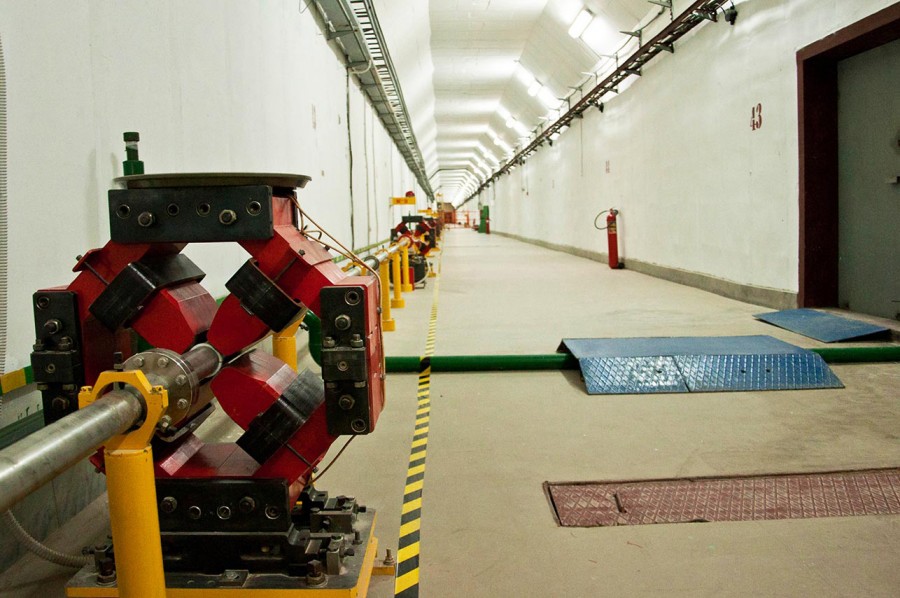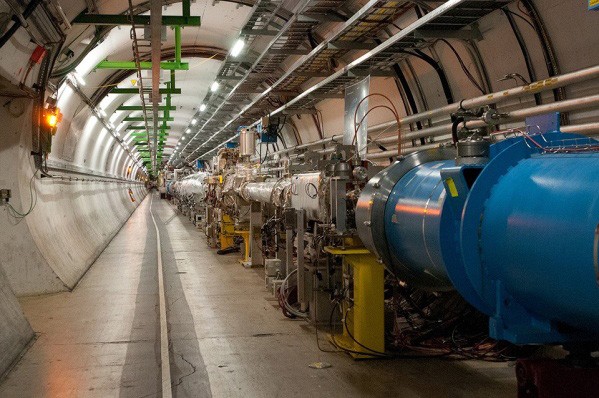Last month, Penetron-certified applicators completed waterproofing the underground tunnels of the electron-positron collider (VEPP-5) at the Budker Institute of Nuclear Physics in Novosibirsk, Russia. The crystalline technology behind the Penetron System now ensures the longevity of this advanced scientific facility.
Founded in 1959, the Budker Institute of Nuclear Physics (BINP) is a major center for the advanced study of nuclear physics in Russia. Today, the BINP is home to three particle accelerators, employs over 3,000 people and also hosts several research groups every year.
“A particle accelerator, or collider, collects atomic particles and smashes them together in a circular path - over and over – to collect data,” explains Igor Chernolgolov, President of Penetron Russia. “This information will help physicists unlock the secrets of the building blocks of visible matter in the universe – and answer many questions about the origin of life.”
In 1961 the institute began building the first particle accelerator (VEPP-1) in the Soviet Union which collided two beams of particles. Recently, work at BINP included upgrades to the design of the facility’s most powerful electron-positron collider (VEPP-5). The work included repairing and waterproofing the collider’s extensive tunnels.
Waterproofing Underground Tunnels
“The shape of the collider is important in high energy physics. The tunnels of the VEPP-5 electron-positron collider in Novosibirsk were assembled deep underground, in a huge ring tunnel track,” explains Igor Chernolgolov. “Our team was asked to work with the contractor to implement a comprehensive concrete waterproofing solution for these underground tunnels.”
Because of their depth, the underground concrete tunnel structures of the electron-positron collider were vulnerable to the region’s groundwater. The builder applied the Penetron System – a combination of crystalline waterproofing products – to permanently secure the tunnels from any moisture penetration.
Vastly Improved Resistance to Moisture
Penetron products are formulated to react with the moisture in concrete to produce an integral crystalline formation. Regardless of climactic conditions, Penetron-treated concrete stops water penetration and has vastly improved resistance against chemical attack and damage from freeze-thaw cycles. In addition, built-in self-healing capabilities give treated concrete an overall service life that is about three times that of conventional concrete due to the continuous self-healing of cracks that form throughout the lifespan of the concrete structure.
“The BINP project and the new collider – the largest in Russia – was a very exciting project to be part of,” says Igor Chernogolov. “It’s great to see Penetron technology help promote advanced scientific research!”

Going round and round: The concrete tunnels of the Budker Institute of Nuclear Physics were repaired with Penetron’s crystalline waterproofing system.

Looking for the building blocks of the universe: The huge ring tunnel track of the VEPP-5 electron-positron collider in Novosibirsk is deep underground.



